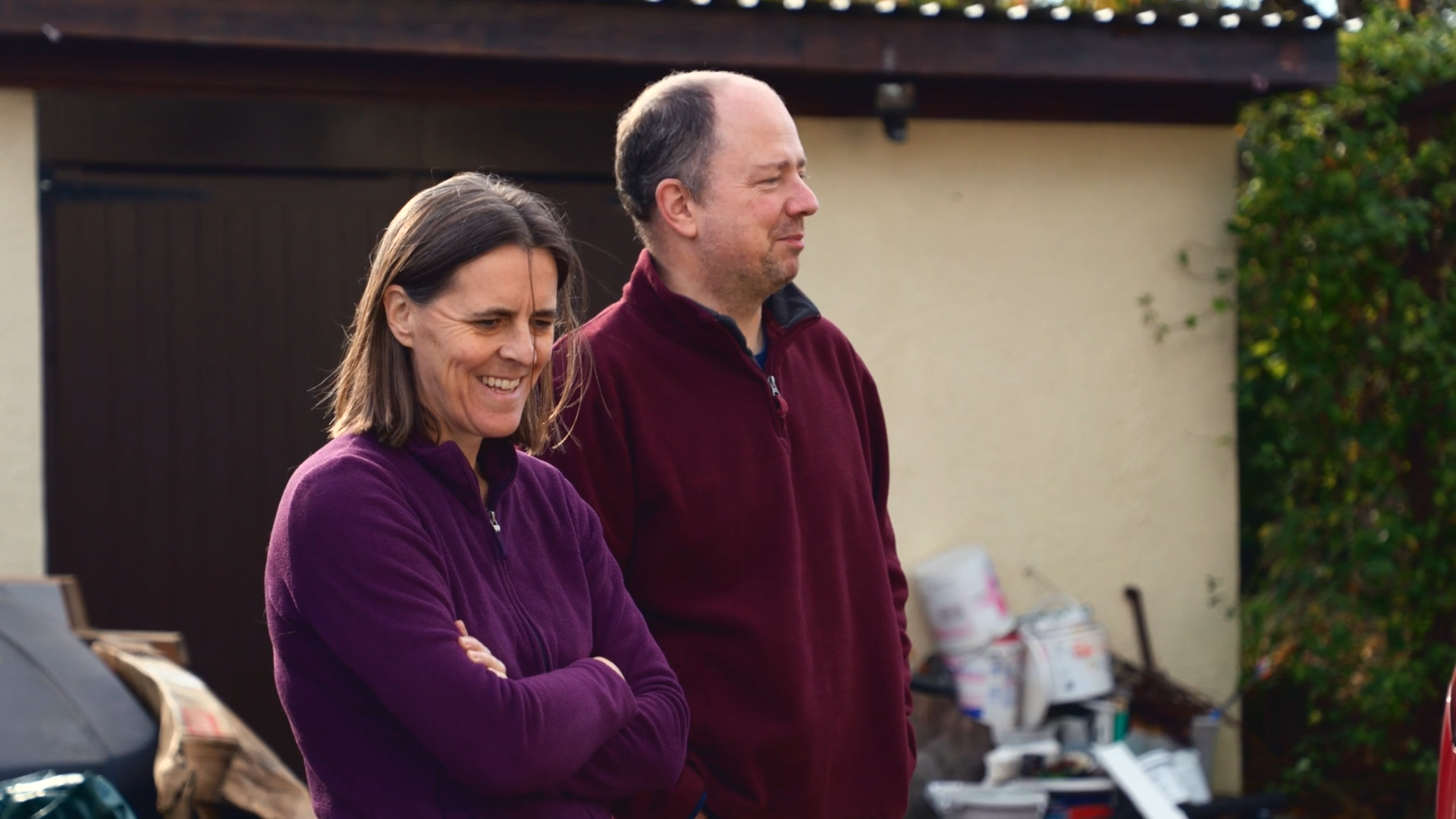
Retrofitting a Didcot home to be warm and cosy
Meet Heather and Paul from Didcot, Oxfordshire. Their semi-detached home received a transformative upgrade, replacing their fossil fuel boiler with an air source heat pump to enhance comfort and reduce carbon emissions.
About the home
Heather and Paul live in a charming 1930s/40s semi-detached home in East Hagbourne, Didcot. The house features a modern two-storey extension, built in 2012, with the kitchen and master bedroom situated in this new section.
During the initial assessment we identified that the home had cavity walls and suspended timber floors, both of which were contributing to significant heat loss. The comprehensive Whole House Plan that followed provided a clear roadmap for improvements, outlining where energy could be saved and emissions reduced.
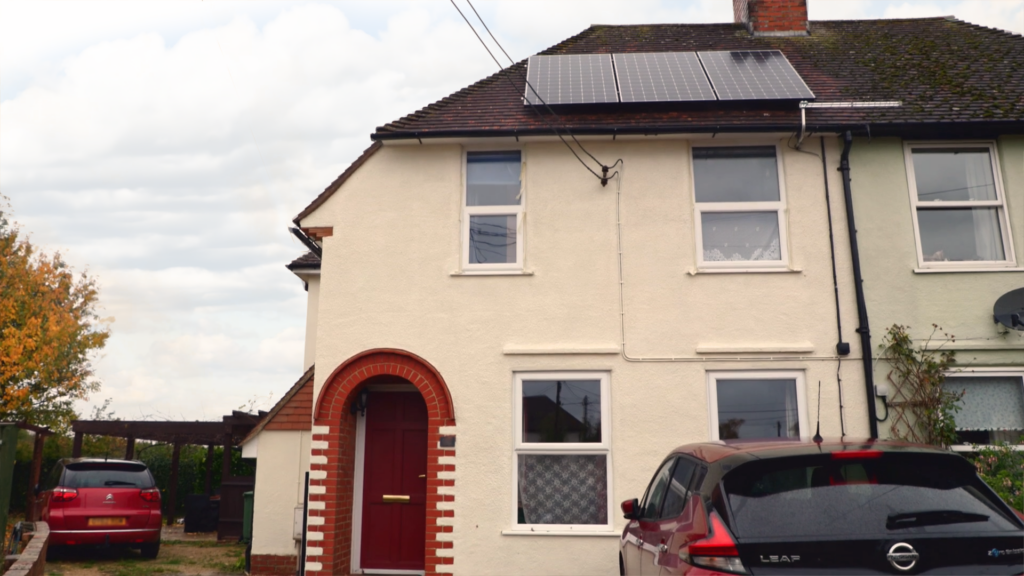
Motivations for the retrofit
Increasing comfort
One of the key concerns was black mould forming between the walls and sloped ceiling of the master bedroom, caused by condensation due to poor insulation. Solving this issue would not only improve the comfort and health of the home but also reduce energy loss.
Heather and Paul were keen to explore the potential of a heat pump, with the goal of achieving a steady, comfortable temperature throughout their home, unlike the fluctuating warmth provided by their gas combi boiler.
Reducing carbon emissions
Cutting carbon emissions was a key driver for Heather and Paul, who were committed to reducing their environmental impact. Already equipped with ten solar panels and a battery charging point, they saw retrofitting their home as the next step in further minimising their carbon footprint.

Home improvements
The most impactful measure was replacing their fossil fuel boiler with an air source heat pump, a low-carbon heating system designed to maintain a steady, comfortable temperature throughout the home. The retrofit involved removing the existing boiler and installing the heat pump outside. While many opt for underfloor heating with heat pumps, Heather and Paul chose to use their existing radiator system and hot water tank to distribute heat.
To ensure the heat pump operated efficiently, we also upgraded the insulation in the roof and cavity walls. This not only boosted the overall energy efficiency of the home but also resolved the mould issue in the bedroom by reducing condensation.
The result
This comprehensive retrofit has transformed Heather and Paul’s home into a warm, cosy, and environmentally friendly haven. Their story is a powerful example of how eco-friendly home improvements, like installing a heat pump, can have a profound impact on both comfort and sustainability.
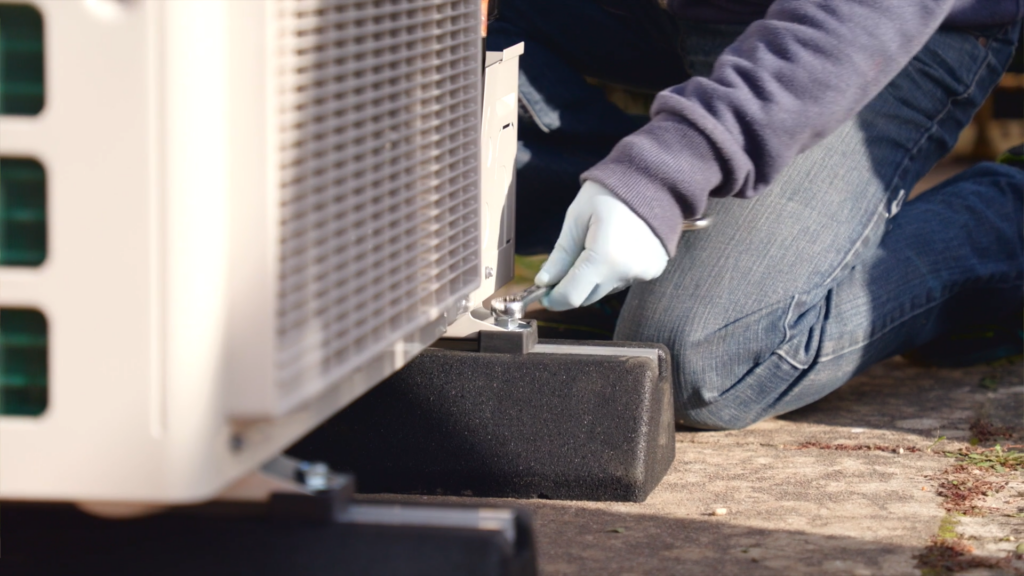
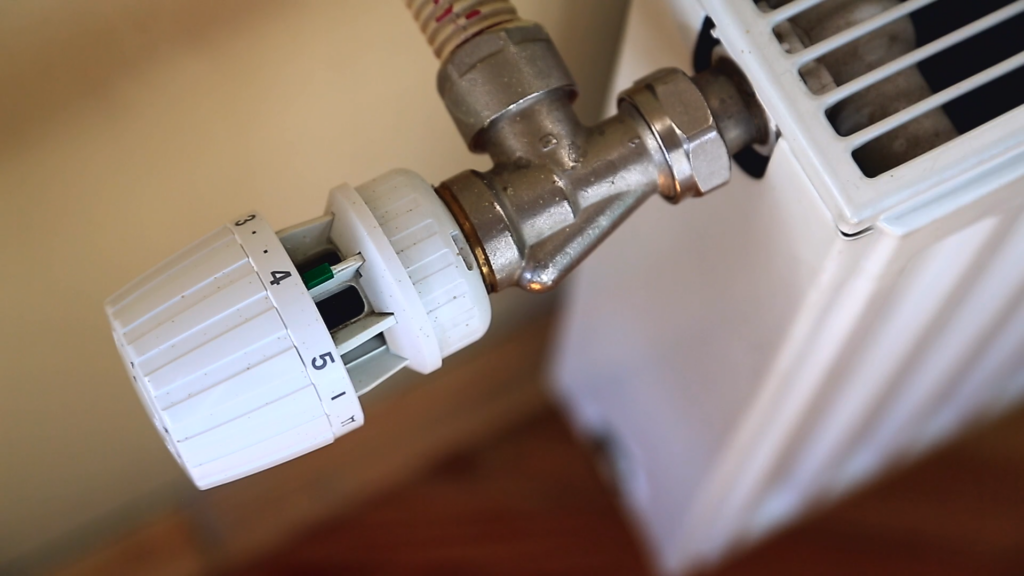
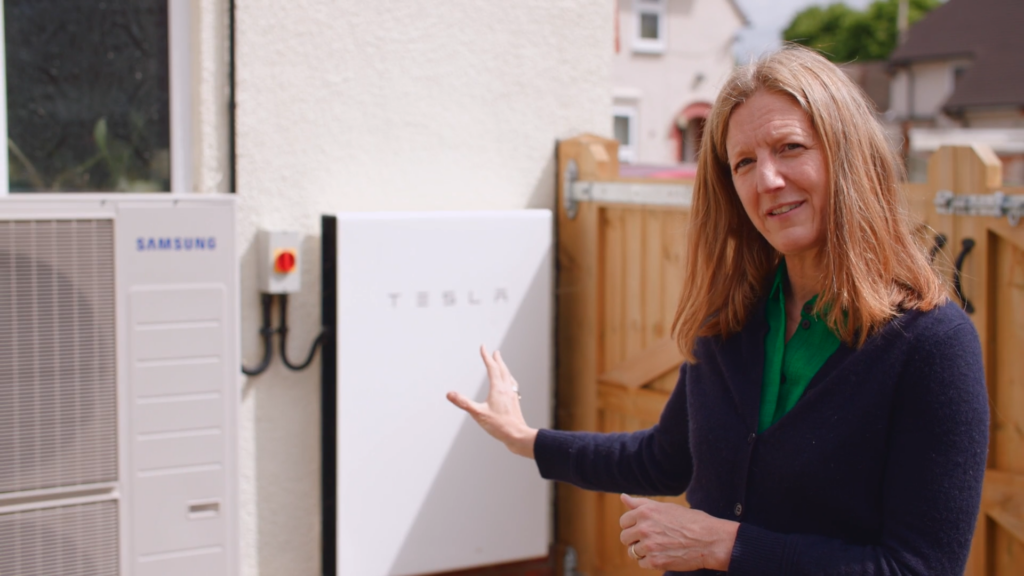
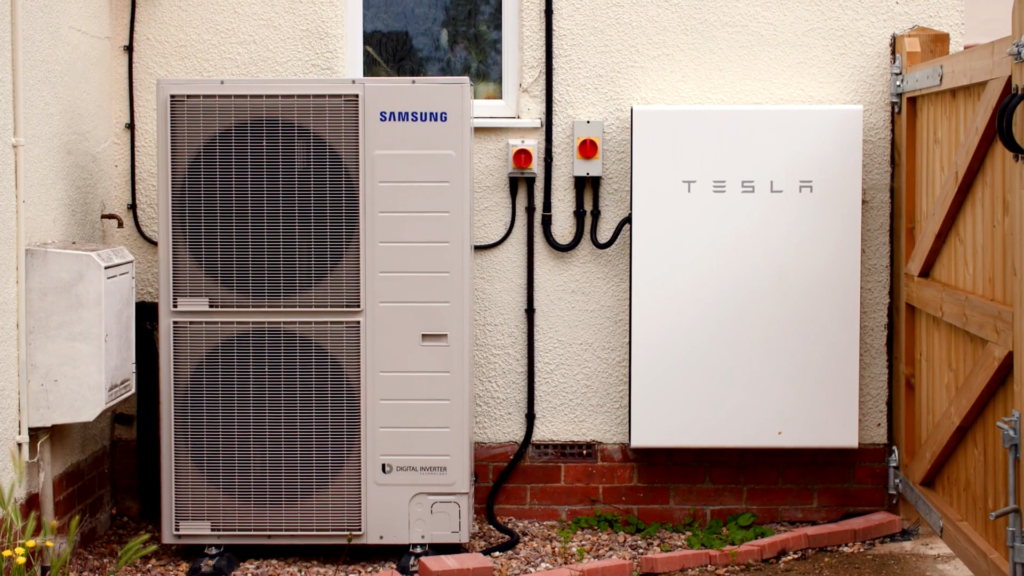
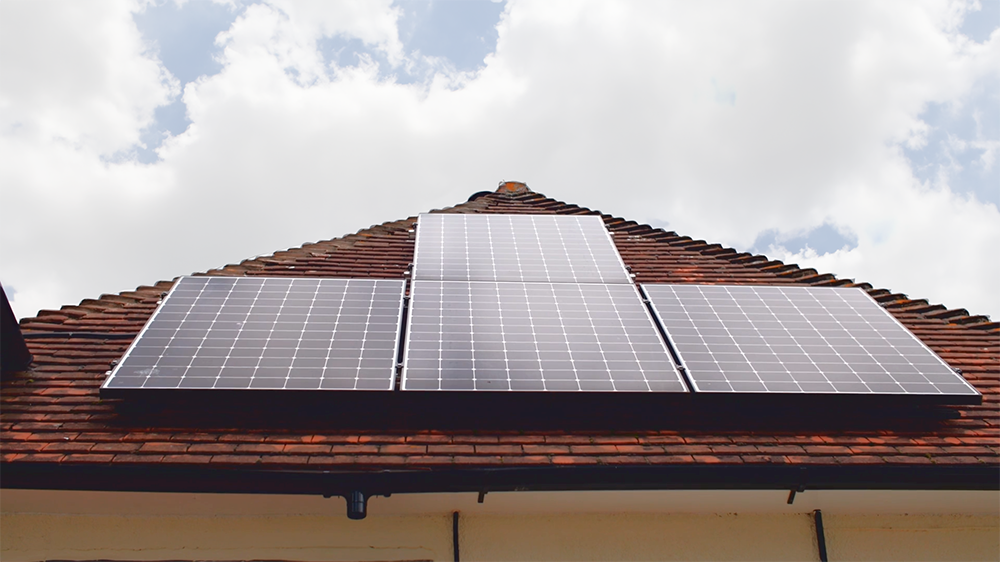
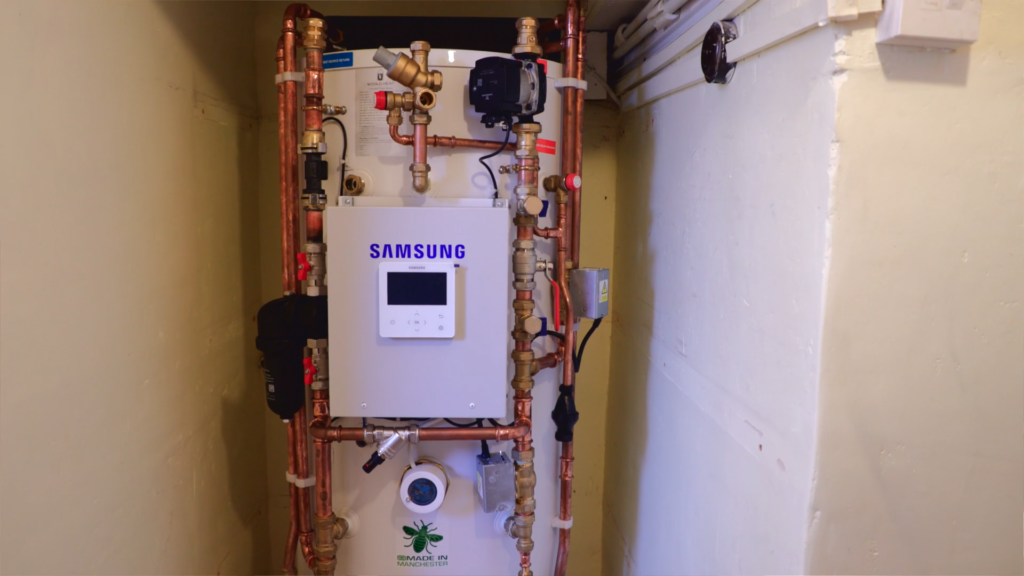
Want to make your home warmer and more energy-efficient?
Wondering how an eco-home refurbishment could cut your energy bills and lower carbon emissions? Try our free online advice tool to explore the possibilities and create a draft home improvement plan tailored to your property.
